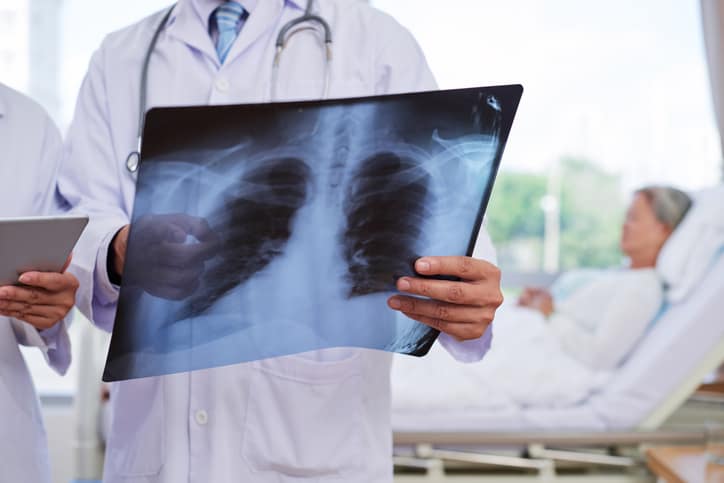Cystic Fibrosis (CF) is primarily a progressive lung disease, characterised by chronic pulmonary infections with opportunistic pathogens. Such infections typically commence early in life, producing an inflammatory response marked by IL-8 chemokine production and neutrophilic infiltration, major contributory factors in CF progression. Studying this inflammation, especially early in life, is critical for developing new strategies for preventing or slowing disruption to the structural integrity of the CF airways. However, evaluating the immune responses of bronchoalveolar lavage (BAL) cells from children with CF faces technical challenges, including contamination carried from the lung due to pre-existing infections and low cell number availability. Here we describe a technique for preparing BAL cells from young children with CF and using those cells in a bacterial stimulation assay. Initial antibiotic treatment proved essential for preventing resident bacteria from overgrowing BAL cell cultures, or non-specifically activating the cells. ACTB, identified as an optimal reference gene, was validated for accurate analysis of gene expression in these cells. Pseudomonas aeruginosa and Staphylococcus aureus were used as bacterial stimulants to evaluate the immune response of BAL cells from young children with CF. Addition of gentamicin prevented bacterial overgrowth, although if added after 3 hours of culture an extremely variable response resulted, with the bacteria causing a suppressive effect in some cultures. Addition of gentamicin after 1 hour of culture completely prevented this suppressive effect. This technique was then able to reproducibly measure the IL-8 response to stimulation with S. aureus and P. aeruginosa, including co-stimulation with both bacteria.This article is protected by copyright. All rights reserved.
A bacterial stimulation assay for bronchoalveolar lavage immune cells from young children with cystic fibrosis.


